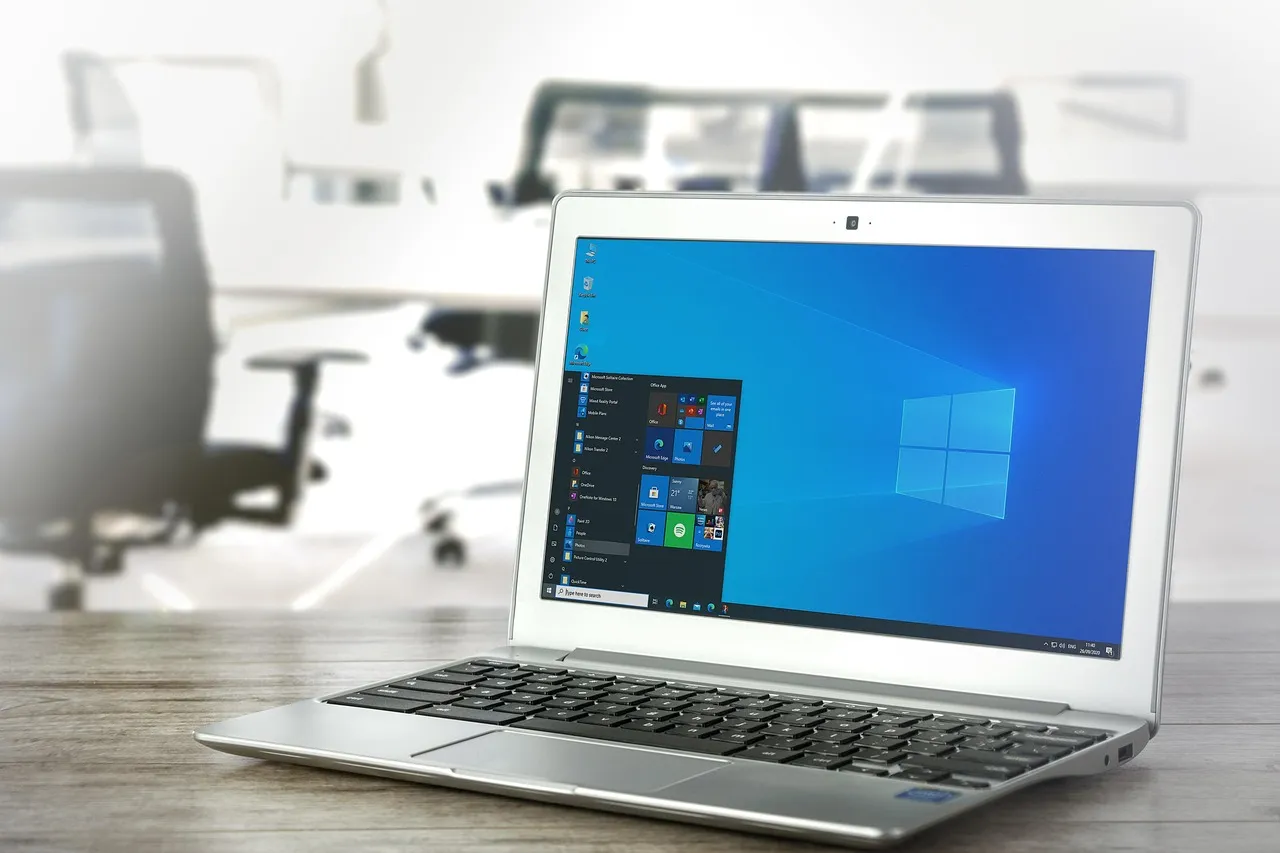What to Do If Your Devices Aren’t Compatible with Windows 11

When Windows 11 arrived, many hoped their older devices would support the new OS. Unfortunately, not all hardware meets Microsoft’s requirements.
While this can feel limiting, there are still practical solutions to explore. From upgrading components to choosing alternative options, it’s possible to keep your systems running efficiently. Read along to discover the steps you can take today to keep your devices secure and functional as you navigate these changes!
Upgrade Your Hardware Components
One way to address compatibility issues is by upgrading specific hardware components in your device. Start with the CPU, RAM, or TPM module since these are often the limiting factors for Windows 11 support. Check your system specifications against Microsoft’s requirements to see what needs improvement.
This approach can extend the life of your current device and delay a full replacement. With the upcoming Windows 10 end-of-support deadline approaching in October 2025, upgrading now ensures continued security and performance without investing in entirely new hardware.
Consider Switching to a Lightweight Operating System
If hardware upgrades aren't feasible, switching to a lightweight operating system is an excellent alternative. Unlike Windows 11, most Linux-based OS options have minimal system requirements and run smoothly on older devices. Some even include built-in support for virtual software, making them versatile for various tasks—popular choices like Ubuntu or Linux Mint offer user-friendly interfaces and reliable security updates.
This option can breathe new life into aging hardware while saving money. Adopting an efficient alternative ensures continued functionality without the pressure of meeting demanding hardware specifications.
Explore Virtualization Solutions
Upgrading or switching operating systems might not always be the best option, but virtualization offers a practical alternative. Using software like VMware or VirtualBox, you can run Windows 11 in a virtual machine on your current hardware. While this approach requires decent system performance, it bypasses compatibility restrictions by isolating the new OS in a virtual environment.
This solution allows access to Windows 11 features without overhauling your device. It’s particularly useful for running specific programs that require the latest operating system while maintaining flexibility with existing hardware.
Extend the Life of Windows 10
Sticking with Windows 10 can be a temporary solution if upgrading or switching isn’t an immediate option. Microsoft will continue to provide updates and support until October 2025, giving you time to plan your next steps.
Regularly update your system to ensure it remains secure and functional during this period. You can also optimize performance by uninstalling unnecessary programs, cleaning up storage, and maintaining essential software updates.
Look Into Cloud-Based Computing
Cloud-based computing provides an innovative solution for incompatible devices. Services like Microsoft Azure Virtual Desktop or Google Workspace allow you to access a full operating system or essential applications via the cloud, bypassing hardware limitations. Since most of the processing happens on remote servers, your device only needs stable internet and basic functionality.
This option is ideal for tasks that require modern software without demanding system upgrades. It ensures you stay productive while leveraging powerful tools through lightweight hardware setups that might otherwise fall short with Windows 11.
Purchase a Refurbished Windows 11-Compatible Device
Buying a refurbished device can be an affordable way to upgrade to hardware that supports Windows 11. Many retailers and certified resellers offer pre-owned laptops and desktops that meet the operating system’s requirements at significantly lower prices than brand-new models.
Refurbished devices are often tested, repaired, and restored to full functionality, making them reliable for daily use. This option is cost-effective if your current device isn’t upgradable or worth maintaining. Plus, it ensures you have access to all the features Windows 11 offers without overspending on new technology.
Plan for a Future Device Upgrade
As a final consideration, planning for an eventual device upgrade might be the best long-term solution. While other strategies can extend your current hardware’s usability, replacing it with a new Windows 11-compatible device ensures access to the latest features and updates without limitations.
Modern tools like video conferencing technology often demand better system capabilities, making upgrades essential over time. Research devices that fit your budget and requirements well in advance of your purchase.
Parting Shot
Adapting to change in technology often feels daunting, but it’s also an opportunity to explore creative solutions. Whether you’re upgrading components, switching systems, or planning for the future, each step strengthens your adaptability in a rapidly evolving digital world.
Embrace these challenges with confidence and curiosity—they often lead to smarter decisions and better outcomes than you might expect. The key is finding what works best for your unique situation!
